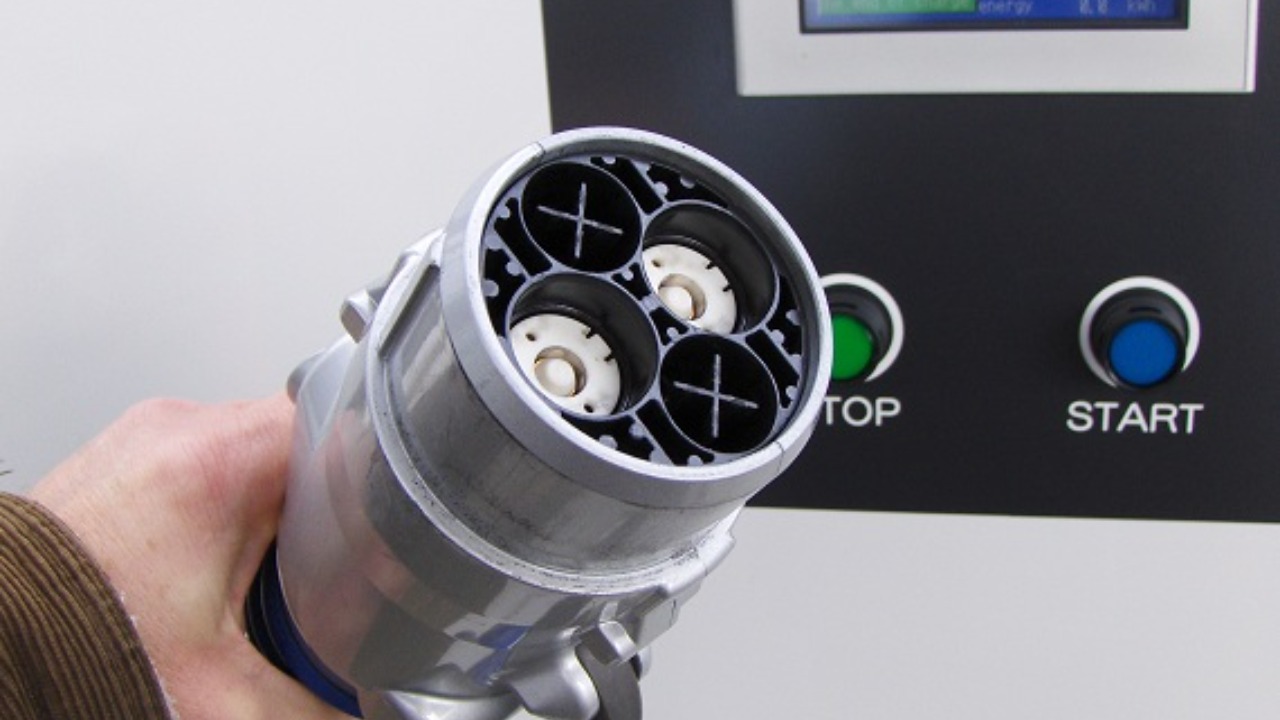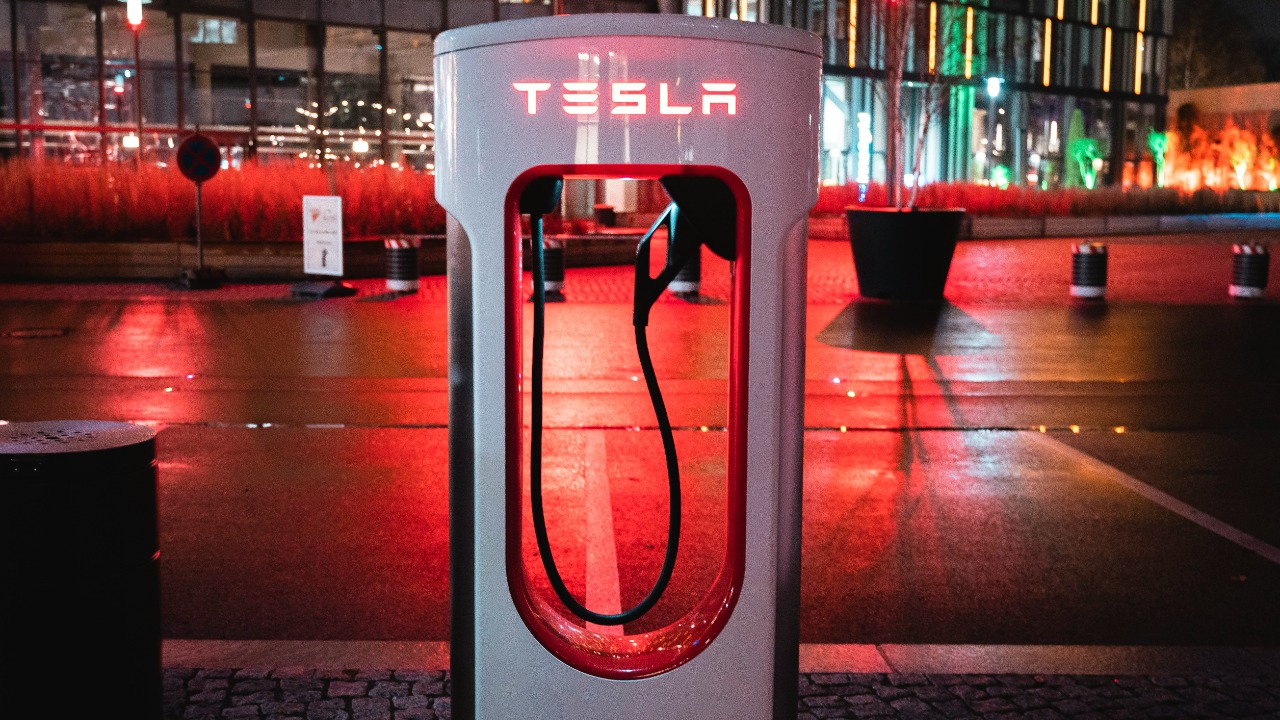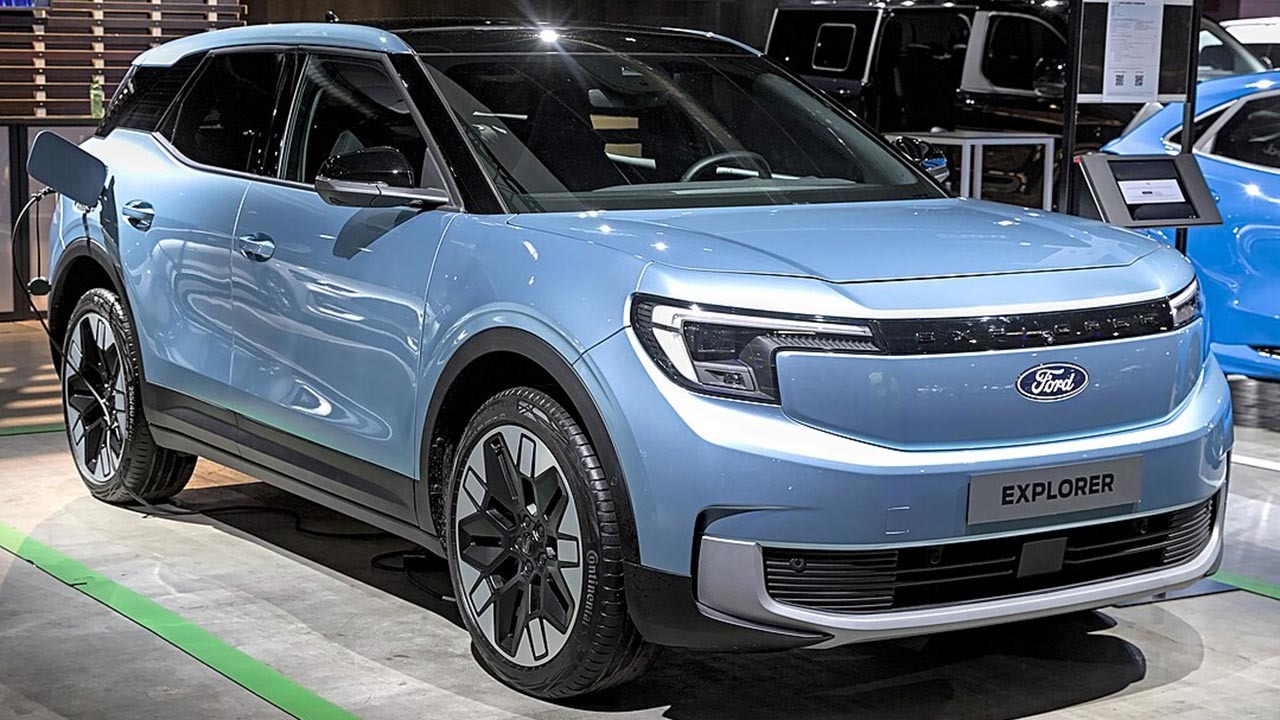
Megawatt electric vehicle (EV) fast charging is on the brink of becoming a reality, promising to revolutionize the charging experience by significantly reducing wait times. Recent advancements in technology and infrastructure are paving the way for this groundbreaking development, holding immense potential for the future of electric mobility. As megawatt charging becomes more feasible, it is set to address some of the most pressing challenges facing EV adoption today.
The Current State of EV Charging Technology

Existing fast-charging standards such as CHAdeMO, CCS, and Tesla Superchargers have set the groundwork for rapid charging solutions available to EV users today. However, these technologies, while effective, have limitations when it comes to maximum charging speed and capacity. For instance, Tesla’s Supercharger V3 can deliver up to 250 kW, which allows for a decent recharging rate but still requires a significant amount of time for a full charge. Similarly, CCS and CHAdeMO, while widely adopted, often peak around 350 kW, which may not be sufficient to meet future demands as EV battery capacities increase and consumers seek quicker charging solutions.
Emerging technologies and innovations are now pushing the boundaries of what is possible with fast charging. The transition to megawatt charging is being driven by advancements in battery technology and the development of more efficient charging equipment. Companies like BYD are at the forefront of this transition, with their one-megawatt charging systems showcasing the potential for faster and more powerful charging solutions. These systems are designed to handle the increased power demands while maintaining safety and efficiency, heralding a new era of rapid EV charging.
Challenges in Implementing Megawatt Charging

The implementation of megawatt charging necessitates significant upgrades to the existing infrastructure. Current grid capacities and power distribution networks are not designed to handle the immense power required for megawatt-level charging. Charging stations need to be equipped with advanced power electronics to manage the higher power loads, and the overall grid infrastructure must be enhanced to prevent bottlenecks and ensure stability. According to a report from the ICCT, these upgrades could also create new job opportunities within the energy and transportation sectors.
Technical and safety considerations are also paramount when it comes to megawatt charging. High-voltage and high-power systems present unique challenges, such as the need for advanced cooling solutions to prevent overheating and potential risks associated with high-current transfers. Ensuring the safety of both the vehicles and the charging infrastructure requires rigorous testing and the development of new standards to address these challenges. Innovations in connector design and thermal management systems are crucial to mitigating these risks and ensuring the reliability of megawatt charging systems.
Potential Impacts on the EV Market

The advent of megawatt charging could dramatically enhance user convenience, potentially leading to a significant increase in EV adoption rates. With charging times reduced to a matter of minutes, similar to refueling a conventional vehicle, consumer anxiety over charging times could be alleviated. This increased convenience may encourage more drivers to switch to electric vehicles, thereby accelerating the transition towards sustainable transportation.
Furthermore, the availability of megawatt charging could influence vehicle design and performance. Automakers may opt for smaller battery packs, given the decreased need for large capacity when rapid charging is readily available. This could lead to more efficient vehicle architectures and potentially lower production costs, making EVs more accessible to a wider audience. As automakers explore these possibilities, the overall design and functionality of electric vehicles could see significant evolution. The ripple effect on the EV market could be profound, reshaping consumer expectations and industry standards.
The Role of Industry and Government in Advancing Megawatt Charging

Collaboration between automakers and technology providers is essential for the successful deployment of megawatt charging. Partnerships are already forming between companies like Porsche, ABB, and other industry leaders to develop and test high-power charging technologies. These collaborations aim to create standardized solutions that can be widely adopted, ensuring compatibility and efficiency across different vehicle models and charging networks.
Government policies and regulatory frameworks also play a crucial role in facilitating the transition to megawatt charging. Policy support in the form of incentives, subsidies, and funding for infrastructure development can significantly accelerate the adoption of this technology. Standards and regulations are needed to guide the safe and effective implementation of megawatt charging systems. By aligning regulatory frameworks with industry advancements, governments can help create a supportive environment that encourages innovation and investment in this burgeoning field.
Future Outlook and Roadmap for Megawatt Charging

The timeline for the widespread adoption of megawatt charging is contingent upon the pace of technological and infrastructural advancements. Experts suggest that while initial deployments are already underway, it may take several years before megawatt charging becomes a mainstream reality. As the necessary infrastructure and standards are developed, the rollout of these high-power charging stations is expected to gain momentum, with some projections indicating significant adoption by the end of the decade.
The long-term implications of megawatt charging for the global EV ecosystem are vast. Beyond enhancing the user experience and accelerating EV adoption, megawatt charging could play a pivotal role in integrating renewable energy sources into the transportation sector. By enabling faster and more efficient energy transfer, it could support the broader goals of sustainability and energy diversification. As megawatt charging becomes more prevalent, its impact on the global transportation landscape will be profound, potentially reshaping the way we think about mobility and energy consumption.